7 Rock Solid Tips for Building-Up Your Design Portfolio

Get your work up, make it your own.
Don’t complicate it, keep it simple.
Build-up your portfolio online and showcase your best creative work.
That’s how modern designers present their work and promote it to get a job or a client.
Design portfolio is the designer’s most pivotal self-promotional tool and every designer should create one to demonstrate their work online. It is the first thing that your employer will review before calling you for an interview or meeting.
Building a design portfolio gives you a start to your professional career. These days it is super-easy to create a good portfolio online, which can be accessed from anywhere using any device.
In this post, we’ll show you seven rock solid mantras that will help you in building an impressive, professional and accessible design portfolio.
1.Simple & straightforward
When considering what to include in your design portfolio, the answer is simple: only your best work. Be selective and straightforward to exhibit your work to ensure a wide variety of skills and capabilities.Feel free to include your work for a passion project or an illustration you created for a graphic contest entry.
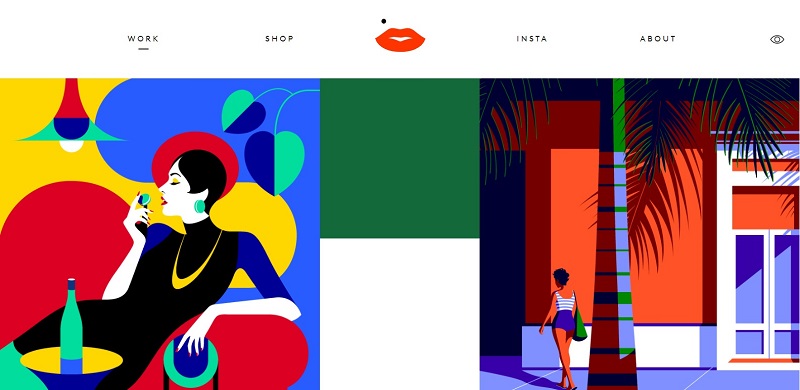
You can take some inspiration from a London-based illustrator Malika Favre to arrange and put your work in a simple and well-sorted style.
Make sure to present your work separately by labelling them clearly as self-initiated vs paid project, etc.Carefully curate your work when putting it up online as your folio need the same rhythm as printed one.
2.Tell a story
Exhibiting your best designs with images and screenshots with a purposeful story of ‘what and how’ shows viewers what your designs achieved. A story always helps to grab your viewers’ attention more. You need to share your thought process behind the creative output to add authenticity and context to your work samples.
Describe each designing process with challenges and risk involved and how you made a final solution to fulfil all those requirements. Give your audience a sense of everything that is involved in the design that appears in your design portfolio. Sharing a creative process involved in finding a successful designing solution to a real-world problem will give insights to your viewers.
Look at the Heather Shaw’s portfolio, how beautifully she showcased a variety of her designing work with a short story. Be sure each story covers your role, your process, and success metrics with a detailed summary. Ultimately, a clear story will help you contextualizes your work and gives viewers a quantifiable reason to hire you.
3.Showcase your most unique and creative work
Keep in mind, whatever you design brochures, menus, business cards, book covers, PowerPoint and keynote presentations, responsive websites, mobile applications, animations, etc., it needs to display all your diverse and creative work with simplicity and elegance.
Remember, whatever you’re going to include in your portfolio should have some relevant significance. Not everything you’ve designed or worked so far is necessary to put on your portfolio. Only the best and most unique work is required to create an impression on the viewer’s mind.
Wokine portfolio is an absolute example of showcasing all the unique design projects on a single page with all required details in the form of case studies. The portfolio is ultra-minimalistic with a lot of spaces and simple color schemes, which creates a good visual hierarchy. This simply makes it easier to understand what’s important at a glance.
Make sure that your diverse work includes appropriate examples in each section to support the work.
4.Create your own brand
So far, you’ve worked on hundreds of client’s projects for creating, enhancing and evolving the brand equity.
Just think, what can be a better way to prove it than to create your own brand to present your design work. Start with creating your own logo, color theme and goals to establish your personal brand.
Follow a consistent visual language for your design portfolio. Also, you can create a statement or missionto better define your brand.
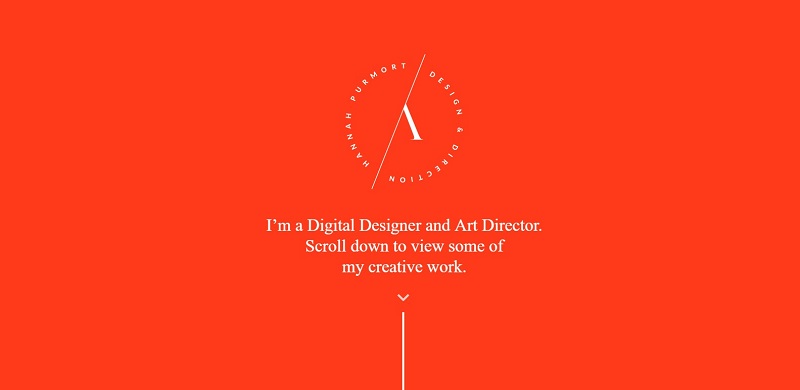
Hannah Purmort’s portfolio is a good example how she uses powerful imagery and color combination to drive viewer’s attention. She has beautifully created a logo for her own personal brand and showcased her work gracefully with other associated brand labels.
However, it is a good idea to clearly label the work in your online portfolio to showcase reference to accomplish reliability. Getting some testimonials from satisfied clients for your work is a great way to show some proof that how you delivered promises on your portfolio.
5.Keep it updated
One of the most important thing while creating your online design portfolio is putting the latest work up there. Regular updates of your work on your portfolio are crucial just as showing the finished work.
It is good to let people know what you’re working on, or what you’ve done in the past few months.
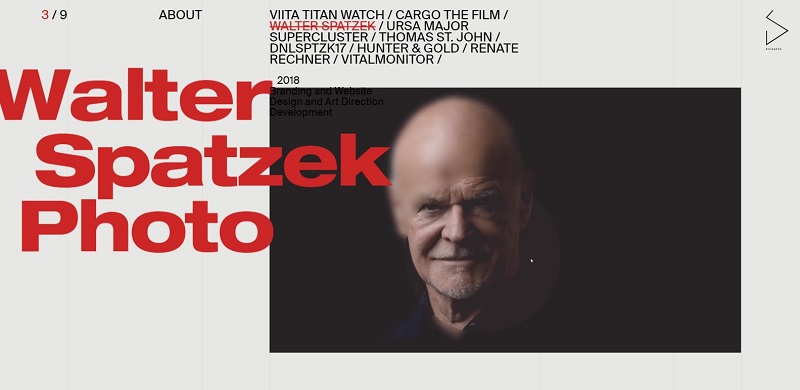
Daniel Spatzek’s portfolio is a great example of design portfolio with the creative showcase of his work. It is hard to create a portfolio that looks professional and playful at the same time. He manages this balance by creating a relaxed atmosphere.
The ace designer keeps updating about the latest work, design and digitalrecognition. He uses CSS tricks and animation to bring everything to life by creating a truly dynamic experience.
6.Choose your online portfolio platform
Now, when everything is ready to showcase on your design portfolio, you should find and identify the most relevant online portfolio platform to demonstrate your design skills and abilities.
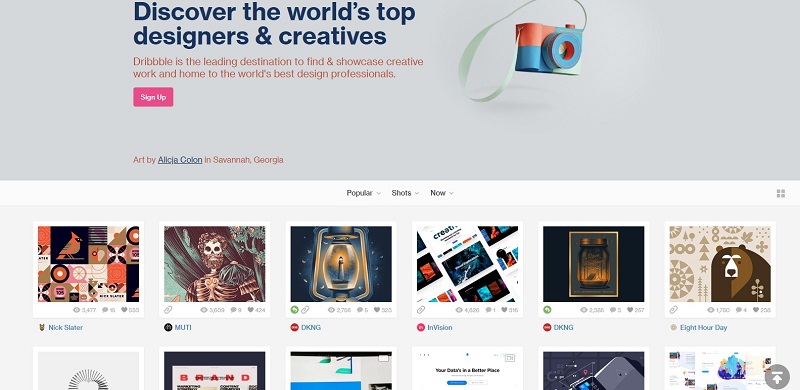
Creative designers are using Dribble and Behance to showcase their designing skills online, which they can easily linked on their resume.
There are a tons of website builders such as WordPress and Medium, which makes it easy to create and manage your own graphic design portfolio online.
Apart from this, WordPress offers many lucrative themes in different styles for designers to showcase their work creatively online. You can easily choose the most favourable portfolio theme to present your creative design work.
By creating an online portfolio website you’ll be able to get the advantage of SEO and your work can be found by the potential online usersand design studios.
7. Start a blog
Start a blog for updating your work regularly on the web, where you can write about the projects you’ve worked on, share your thoughts about design and art trends.
It is an opportunity to establish yourself as a professional industry expert and increase your discoverability in Google searches as well. Build your audience and followership, who will love to read and follow the instructions.Start documenting your growth story as a creative designer.
You can blog about your passion to describe your personality, interest and opinions on current design trends. Don’t forget to create ‘About Me’ page on your blog and upload some good and high-resolution images on the page.
Write about the most interesting projects you’ve done, and you can write about the challenges to complete the most complex designing projects. All this will help you describe your knowledge and personality on the internet and you can connect and interact with others. It helps you learn other designer’s skills.
Explore your knowledge of various designing tools and aesthetics by creating some interesting blog posts. Spruce it up with colourful and interesting hover effects and other animation like unique and dynamic logos to draw users interest on it. You can also take help from professional logo design companies out there to get most of it.
So, how does this help you?
Have a look at the swissmiss– the popular design blog run bya swiss designer Tina Ruth. She started it as a personal visual archive and now you can see how big it has grown with more than 1 million unique visitors per month.
Design your blog to make a strong initial impression!
Include your design achievements- awards and recognition on a separate page on your blog.
Don’t forget to mention your blog on your design portfolio.
When you keep blogging about the stuff you do and let people know about the latest and interesting things about creative designing concepts, your blog can become a good source to attract potential clients.
Include the other interests such as illustration, photography, printmaking, film-making, calligraphy or any other things, it’s good to show examples- if they’re relevant.
This is simply a great way to let the audience know about your latest work, style, and process.
Follow these tips to craft a creative graphic designer portfolio to attract new work and clients. Arrange your work in a proper order and select the suitable platform to hit all the right notes. When you’re creating your design portfolio, treat it like a design project and make it interesting and easy to navigate.
Finally, remember if your work is easy to review and your online portfolio is easy to navigate, and your projects shows appropriate amount of depth, your chances are great to get a job or project.
Your design portfolio can create a strong and distinctive impression to create future opportunities.
Let’s create a good portfolio and make it accessible everywhere.
Subscribe & Get E-Mail Updates Delivered
Our informative Design related articles featuring the latest Resources for Web Designers & the Web get delivered via email dialy. Thousands of readers have signed up already. Why don't you subscribe as well, and get articles delivered to your inbox?

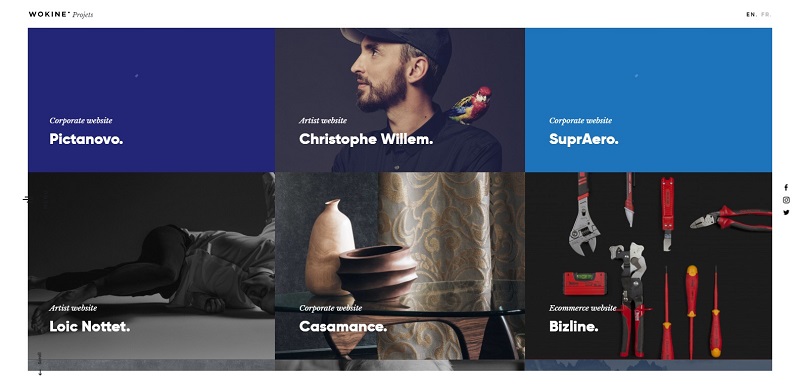
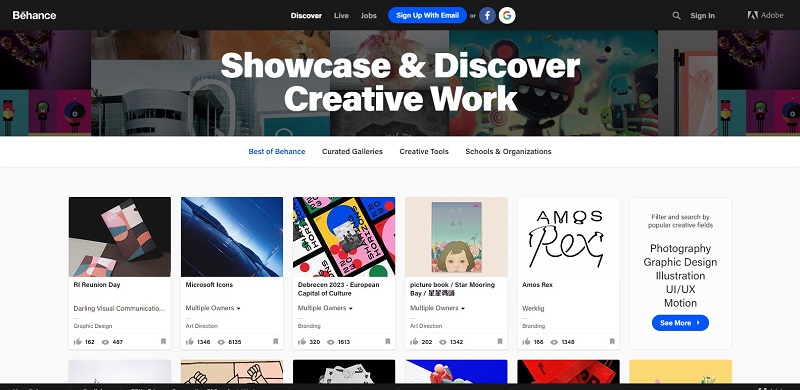

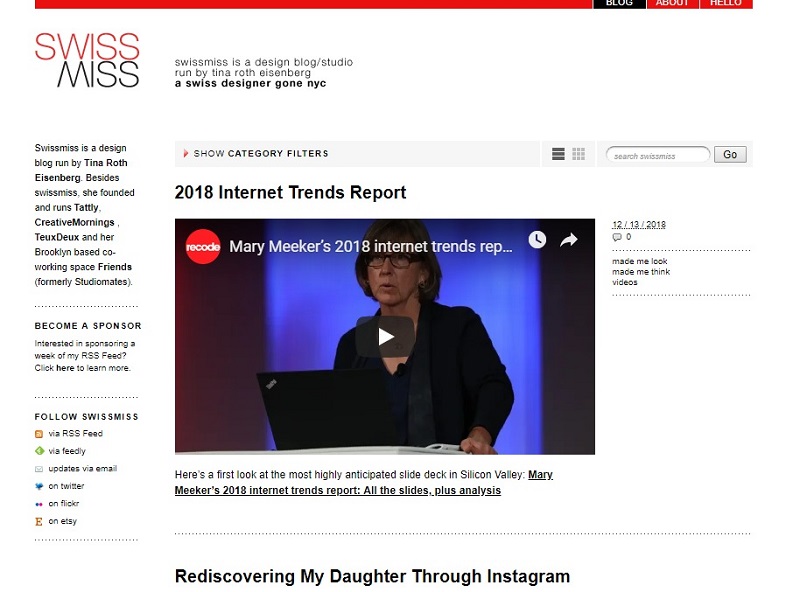


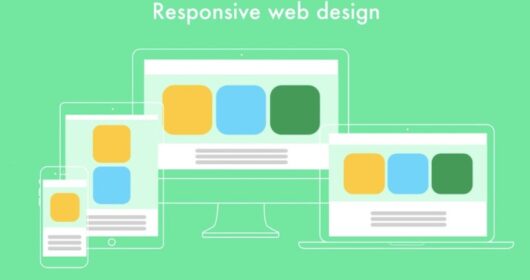



Leave a Reply